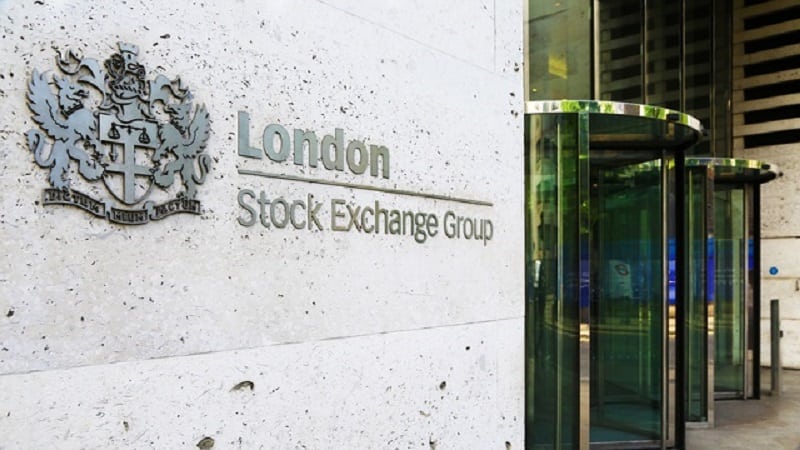It has been a tough time for value strategies, at the same the UK has been an uninspiring place to invest. Both have seen outflows, and remained in the shadow of the mighty technology sector. However, despite these considerable headwinds, some managers have found a pathway to good returns.
One of them has been Jack Barrat, who runs the Man GLG Undervalued Assets fund alongside co-manager Henry Dixon. The fund is first-quartile in the UK All Companies sector over three and five years, and has shown it is possible to deliver credible returns with a value style in the unloved UK. Barrat also runs the Man Absolute Value fund.
The trick, according to Barrat, is a ‘modern’ value approach. This should be based not simply on whether a company is out of favour, in a certain sector or cheap on a price to earnings basis, but a more sophisticated analysis of its tangible asset base, the returns it can make from those assets and the share price.
Barrat says: “We spend all our time on pages 150-280 of an annual report rather than the first 20. For us, it’s much more exciting to learn about a working capital cycle or a depreciation policy within a mid-cap business than it is to go through a glossy PowerPoint presentation from a charismatic CEO.”
See also: Beneath the bonnet: The case for Shell, Nubank, Grab and luxury goods
Once they’ve established the asset base of a company, the managers will look at the cash returns that can be generated. “The cash backing of headline earnings can be very flimsy for many companies and there are frequent adjustments,” explains Barrat. They will also look at all the calls on that company’s capital, such as operating or finance leases.
This helps them avoid value traps – those companies that are optically cheap, but may have further to fall.
“These companies will not be generating cash, or have huge contingent liabilities – that means their business is very fragile.”
Barrat gives the example of one supermarket in the 2000s. The company had positive earnings and operating momentum on a headline basis, but leverage was rising, cash conversion was falling and the capital intensity of the business was growing. He says that while it looked like it was delivering well, the underlying business was weakening.
“This, for us, was a sure sign of a value trap. You can keep it going for a period of time, but there will be a moment of reckoning.”
Read the rest of this article in the January issue of Portfolio Adviser magazine











